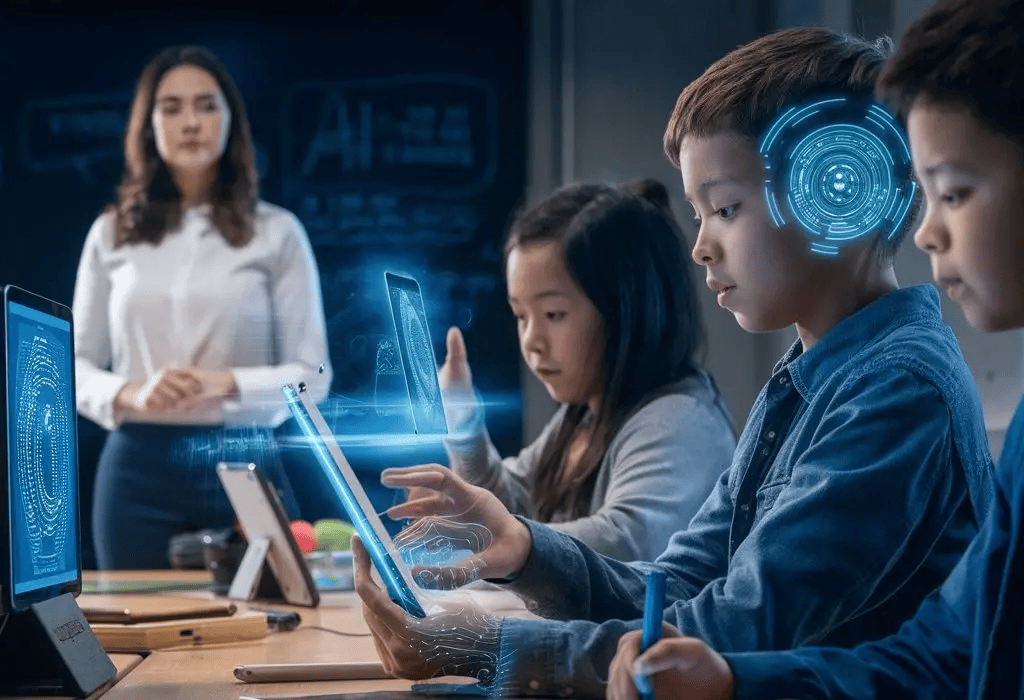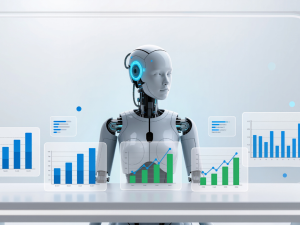Imagine finishing the “school day” before lunchtime. That’s the bold idea behind Alpha School in Miami, backed by billionaire Bill Ackman. Instead of the traditional 7-hour schedule, students at Alpha spend just two hours per day with AI tutors leaving the rest of the day free for sports, arts, or independent exploration.
The question is, can two hours of AI-powered learning really match the depth and breadth of a full school day? Or does it risk leaving students shortchanged?
The Rise of AI Tutoring in Schools
AI isn’t new to education; it’s already in grading systems, adaptive learning apps, and study platforms. But Alpha School is pushing it further by making AI the primary teacher. Students log into personalized platforms that:
- Deliver customized lessons at each student’s pace.
- Provide real-time feedback and quizzes.
- Adjust difficulty based on performance.
- Track progress with learning analytics.
What used to take hours in class is being condensed into focused, AI-powered sessions.
The Benefits: Why a Two-Hour School Day Sounds Appealing
Advocates of Alpha’s approach argue that AI tutoring could make education leaner, smarter, and less stressful.
Efficiency boost
AI eliminates wasted time on material students already know, focusing only on areas where they struggle.
Personalization at scale
No more one-size-fits-all lectures every student gets a unique learning path.
Reduced burnout
Instead of long days packed with classes and homework, students have more free time to recharge and pursue passions.
Broader development
With academics streamlined, students can dedicate hours to creativity, athletics, or social activities, skills often overlooked in traditional schooling.
The Risks: What Could Be Lost Along the Way
But compressing a school day into two hours raises red flags for educators and parents alike.
Equity concerns
Private schools like Alpha can afford cutting-edge AI tutors, but will public schools be left behind?
Social learning gaps
Classrooms aren’t just about content delivery, they’re about collaboration, debate, and teamwork. A two-hour AI session risks cutting students off from that.
Shallow understanding
Speed doesn’t guarantee mastery. Students might ace quizzes without building deeper problem-solving or critical thinking skills.
Redefining the teacher’s role
If AI takes over instruction, what happens to the mentorship, encouragement, and human connection teachers provide?
Are Students Ready for This Shift?
Early reactions suggest mixed feelings. Some students thrive with more freedom, appreciating the independence and shorter schedules. Others find structure and peer interaction essential to staying motivated.
Educators suggest a hybrid balance using AI for core lessons while preserving in-person time for discussion, group projects, and social learning.
The Future of the School Day
Whether Alpha’s experiment succeeds or not, it highlights a larger debate:
- Do students really need 7-hour days to succeed academically?
- Could AI free teachers from routine lectures, allowing them to focus on mentorship?
- Will future schools blend AI tutoring with rich community experiences, creating a campus without borders?
Even if the two-hour model doesn’t scale, it forces schools everywhere to rethink how time is used and what students truly need from education.
Conclusion
AI tutoring may never fully replace a full school day, but it’s challenging one of the oldest assumptions in education: that more time automatically equals more learning.
If used wisely, AI could make learning more efficient while freeing space for creativity, exploration, and growth. The real challenge isn’t about cutting hours, it’s about making every hour count.






